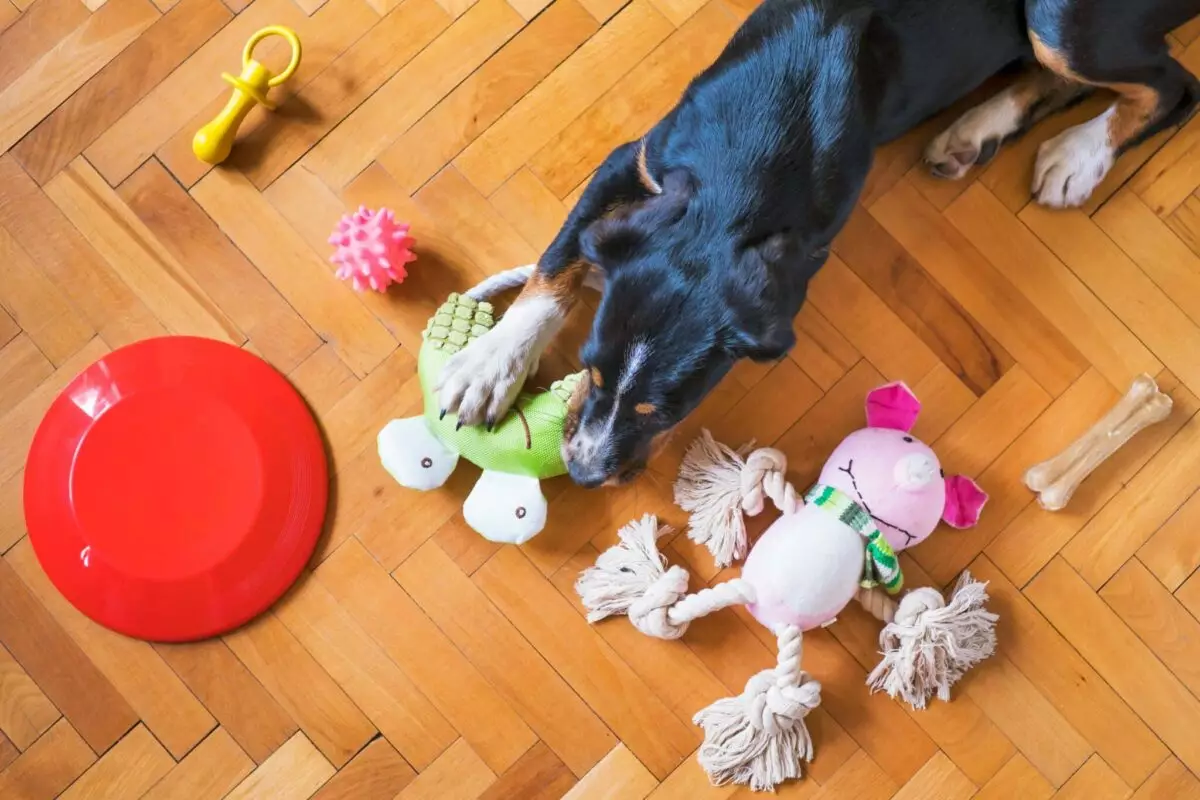Dogs are more than just pets; they are companions with unique personalities, instincts, and emotional needs. One of the most fascinating aspects of canine behavior is their interaction with toys. From plush companions to chew-worthy rubber, the toys that capture a dog’s interest reveal much about their psyche. This article delves into the complex reasons behind dogs’ toy preferences and how understanding these factors can enhance their playtime experiences and overall well-being.
A significant component of why dogs gravitate towards certain toys lies in their instincts, which are inherited from their wild ancestors. For example, dogs bred for specific tasks tend to show preferences for toys that resonate with their natural drives. Terriers, known for their high prey instincts, often enjoy squeaky toys. The sound mimics the noises made by small prey animals, triggering a hunting response, allowing them to engage in an age-old behavior within a safe, playful context. Similarly, herding breeds like Border Collies prefer toys that move unpredictably; these toys fulfill their innate urge to chase and herd, activating both their physical and mental capabilities during play.
Another layer of a dog’s attachment to certain toys is rooted in emotional comfort. Many dogs develop strong bonds with particular toys, treating them as comfort objects, especially during times of stress or anxiety. Plush toys often become sources of solace for puppies and dogs facing separation anxiety, as the softness and familiar texture can evoke memories of their mothers and littermates. Dogs may carry these toys around, seek them out during stressful moments, or snuggle with them while resting. For anxious dogs, having a beloved toy can create a sense of security, enabling them to navigate unfamiliar situations more confidently.
Beyond instinct and emotional comfort, dogs are intelligent creatures that require mental engagement. For breeds recognized for their problem-solving skills, such as Poodles and German Shepherds, puzzle toys can provide essential cognitive stimulation. These toys challenge dogs to think critically to obtain treats hidden inside, offering a sense of accomplishment. In breeds prone to boredom, engaging in puzzle play can mitigate destructive behaviors by channeling their energy into fulfilling activities that sharpen their minds and reinforce their problem-solving instincts.
Tugging toys represent a different facet of dog play that emphasizes social interaction. The act of tugging fosters engagement between a dog and its owner or fellow canines, reinforcing bonds through cooperative play. This form of play not only allows dogs to satisfy their natural inclination for challenging physical activities but also serves as an excellent exercise, directing their energy into a controlled interaction. Breeds with strong competitive instincts, like Boxers or Staffordshire Bull Terriers, benefit from tug toys as they tap into their playful spirits while facilitating a positive owner-dog dynamic.
Just as human preferences can be influenced by tactile experiences, dogs, too, exhibit varied likes based on a toy’s texture and “mouth feel.” Dogs explore their world through chewing, so the material and feel of a toy can significantly affect their enjoyment. Some dogs relish soft toys that are easy to grasp, while others prefer hard chew toys that provide resistance. Selecting toys based on these preferences not only enhances playtime but also addresses specific needs, such as teething relief for puppies or gentler options for older dogs.
Dogs possess an extraordinary sense of smell, which naturally extends to their toy preferences. Toys infused with enticing aromas or flavors—like bacon or peanut butter—can significantly boost a dog’s interest and engagement. Such sensory stimulation helps maintain their attention for longer periods, particularly in breeds with strong olfactory instincts, like Beagles. Even the subtle scent of unscented toys can attract a dog’s attention, further expanding their play options.
As dogs age, their preferences and needs evolve, underscoring the necessity of adapting toy selections accordingly. Puppies, with their boundless energy and need to chew, often gravitate towards smaller, softer toys. In contrast, older dogs may require gentler options that accommodate their changing dental health. Tailoring toy choices to suit these different life stages ensures that dogs receive the enrichment and comfort they crave at every phase of their lives.
Toys can also be incorporated into positive reinforcement techniques during training sessions. When specific toys are used consistently as rewards for good behavior, they become essential motivators, strengthening the emotional bond between dog and owner. This association creates an elevated desirability for those toys, enhancing not only training effectiveness but also overall enjoyment for both parties.
To ensure that your dog engages meaningfully with their toys, rotating them and introducing new options can prevent boredom while catering to shifting moods and energy levels. A diverse selection of toys allows dogs to enjoy various play styles, whether it’s a plush companion for comfort or a bouncy ball for energetic outdoor play.
Understanding what draws your dog to their favorite toys can provide invaluable insight into their personality, emotional needs, and natural instincts. Through thoughtful selection and the integration of engaging play, owners can significantly enrich their dog’s quality of life, transforming simple playtime into a nurturing experience that enhances well-being. So, embrace the joy of your dog’s toy story by celebrating their unique preferences, and nurture the bond that makes your relationship with your furry friend truly special.


Leave a Reply